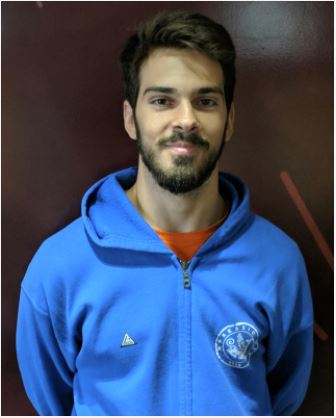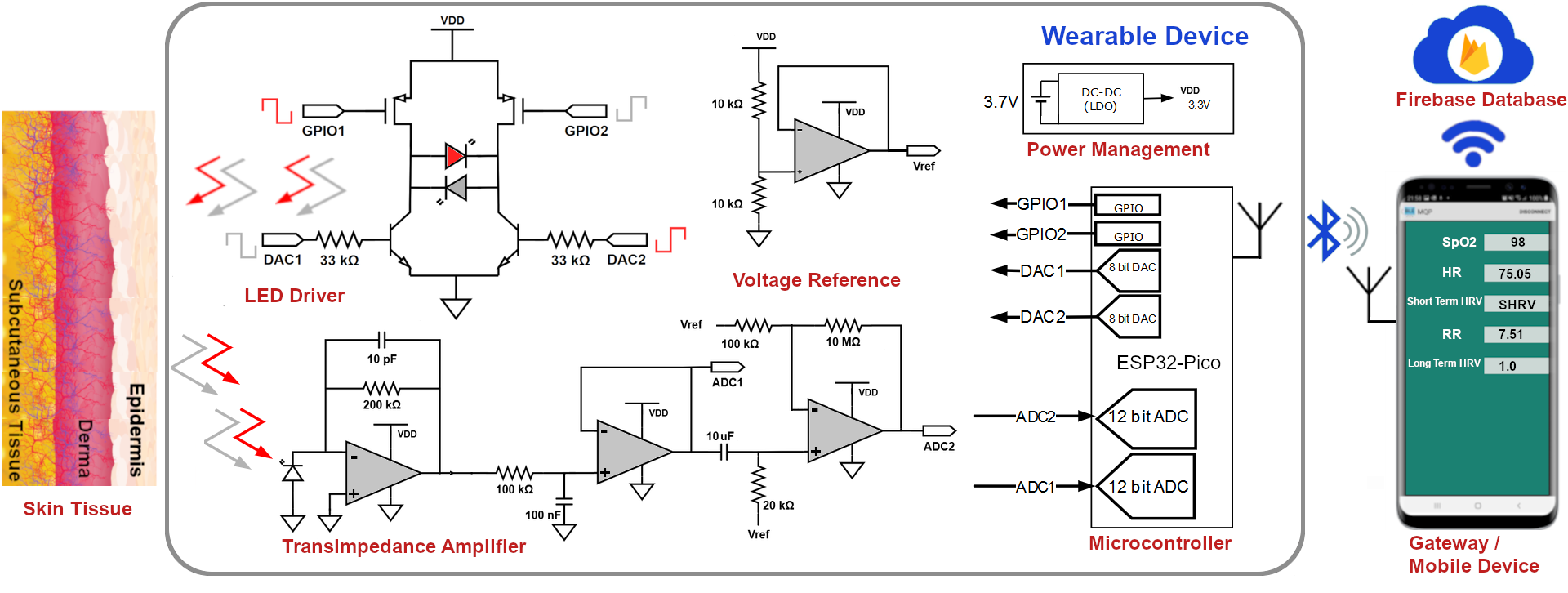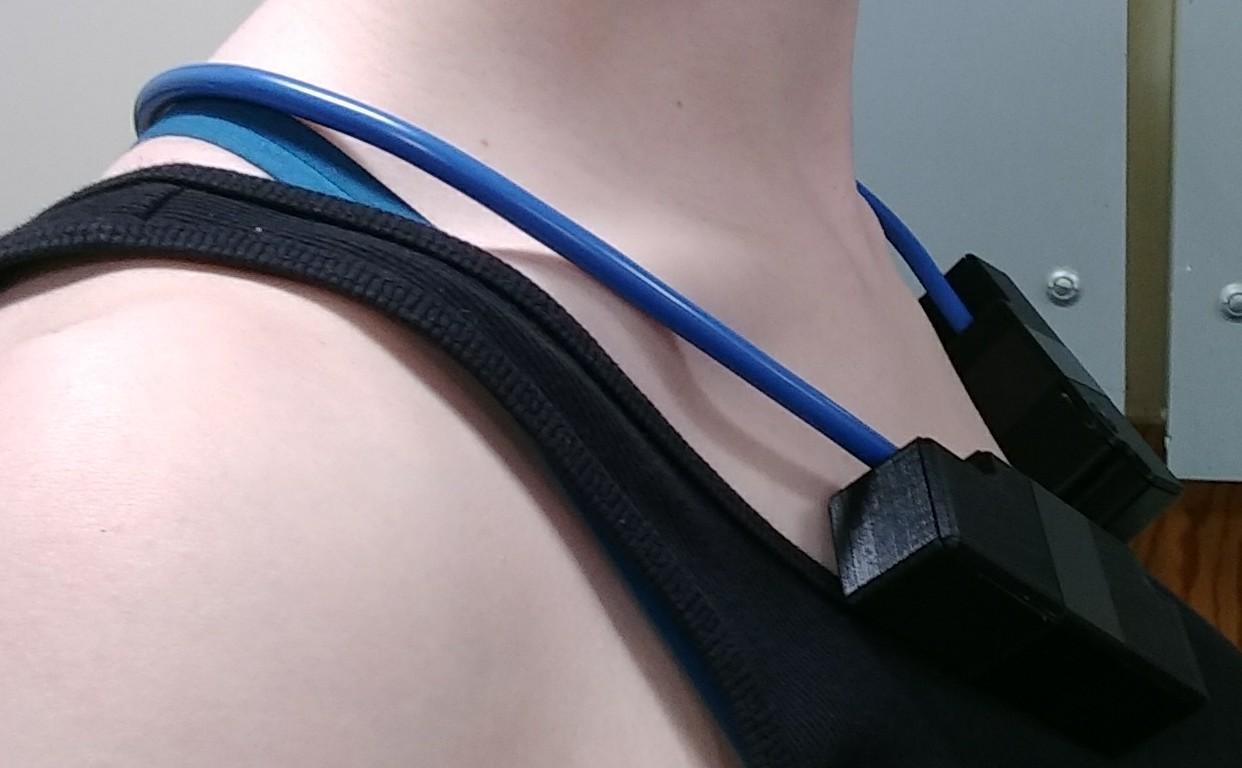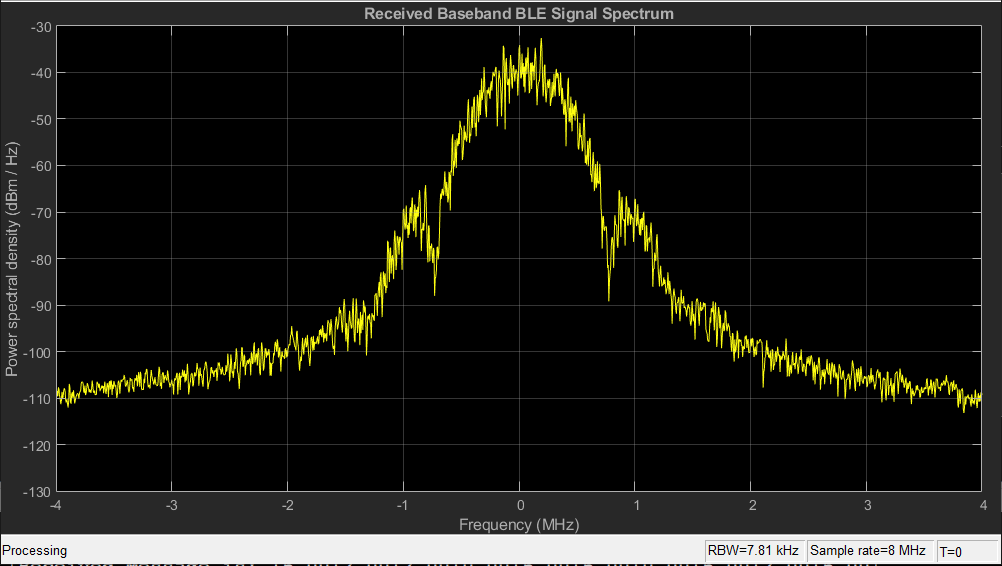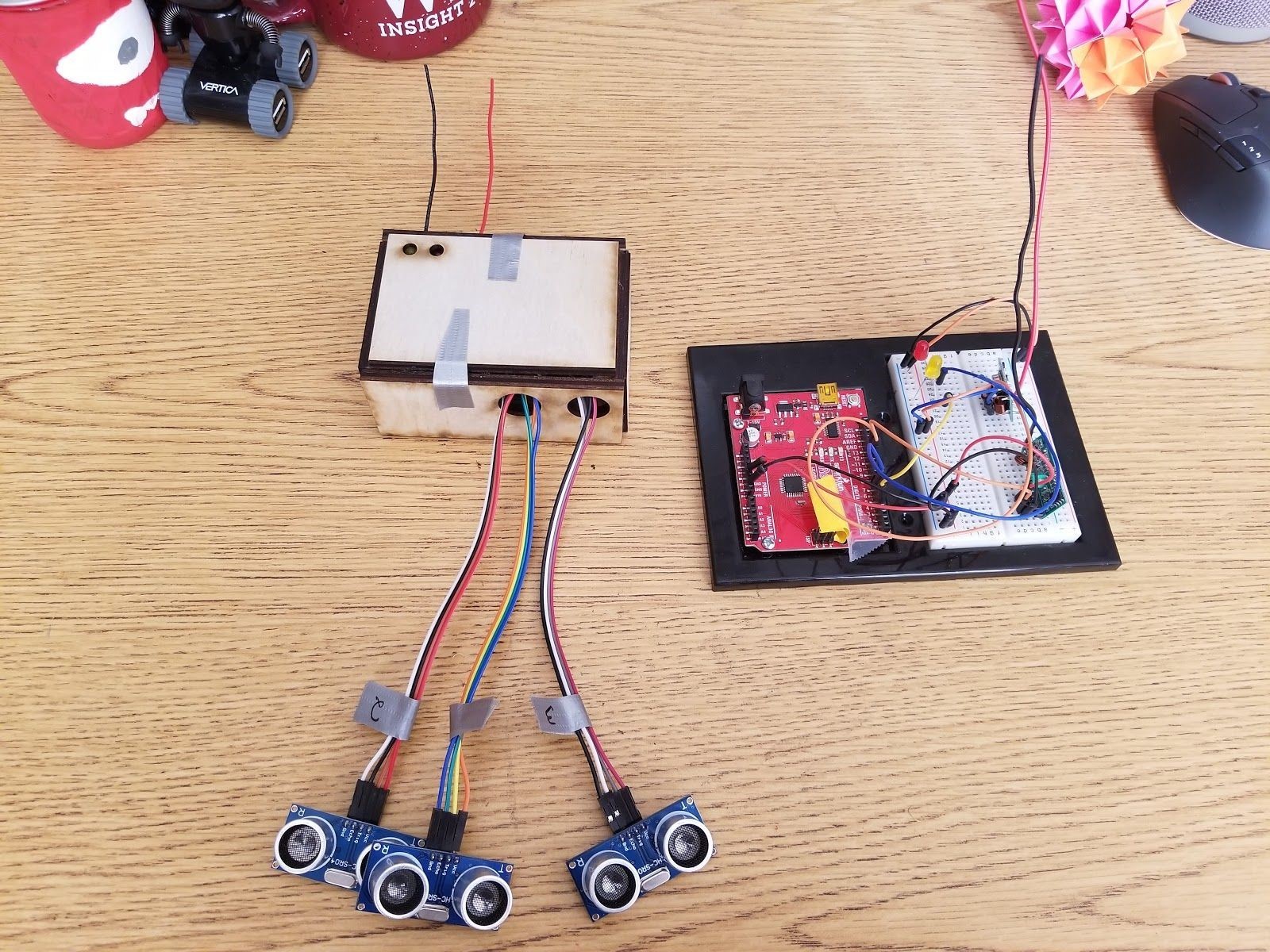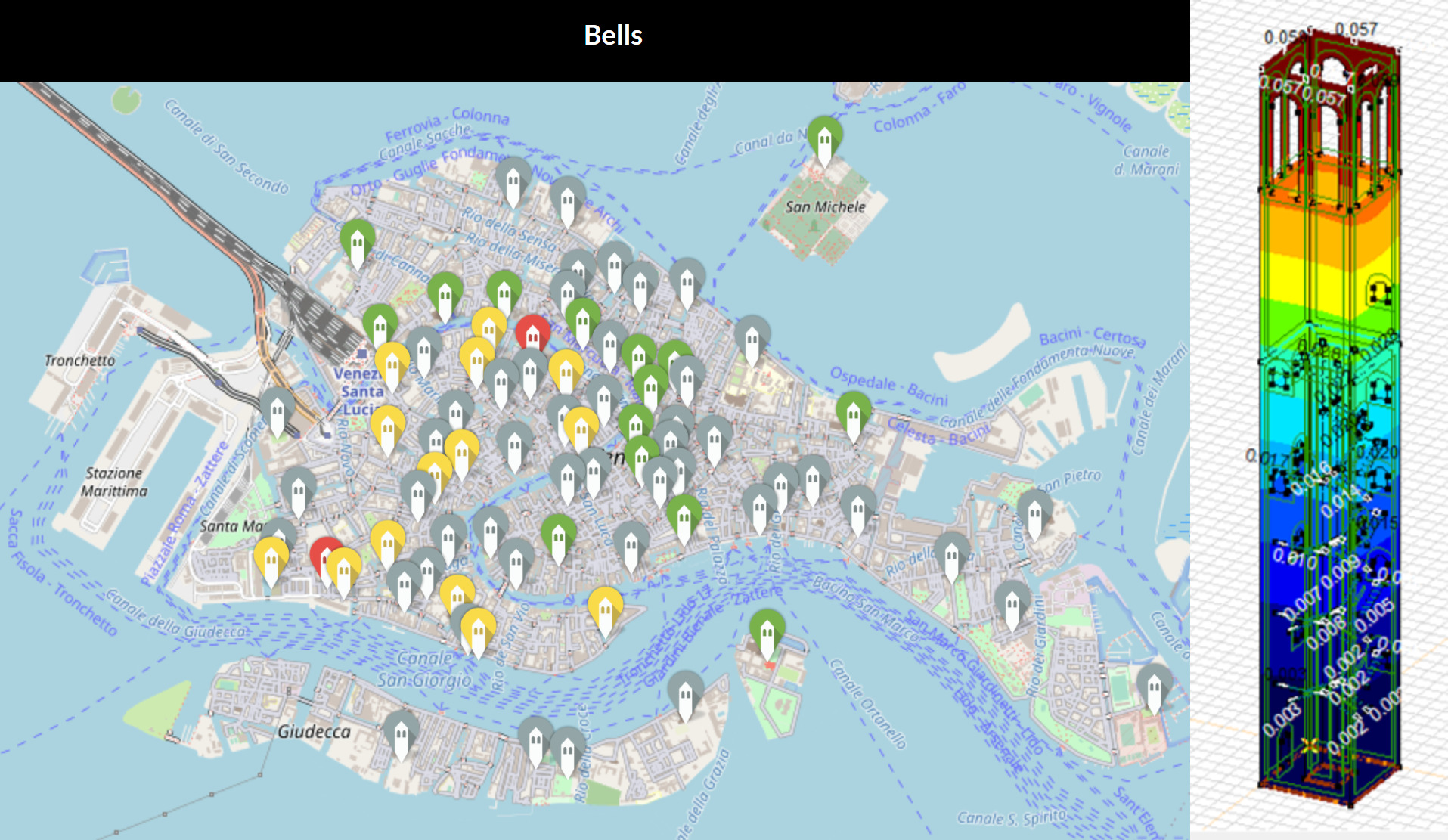Wireless Wearable Sensor for Biometric Data Extraction from Reflective PPG Waveform with Real-time Database
Our team of three designed a wearable, non-invasive sensor (PPG sensor) that detects SpO2, heart rate, respiratory rate, short-term, and long-term HRV. The sensor data are processed through a microcontroller, extracted, and sent wirelessly (Bluetooth LE) to our Android application. Our Android application is backed by Firebase Realtime Database and uses the data received to periodically calculate the user’s health parameters, to clearly display and analyse the resulting data, and to provide health recommendations to the user. We presented our work in the 2020 IEEE MIT Undergraduate Research Technology Conference (URTC) and were selected as a finalist for the WPI Provost MQP Competition where we received an honorary mention. You can download the Complete Report and the IEEE MIT URTC paper here, or view the project on the Publications section. Repository is located on my GitHub page for your reference. This project was done under the ICAS and the NECAMSID Labs at WPI and was sponsored by Analog Devices and Allegro Microsystems.
